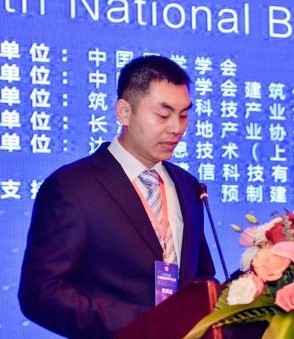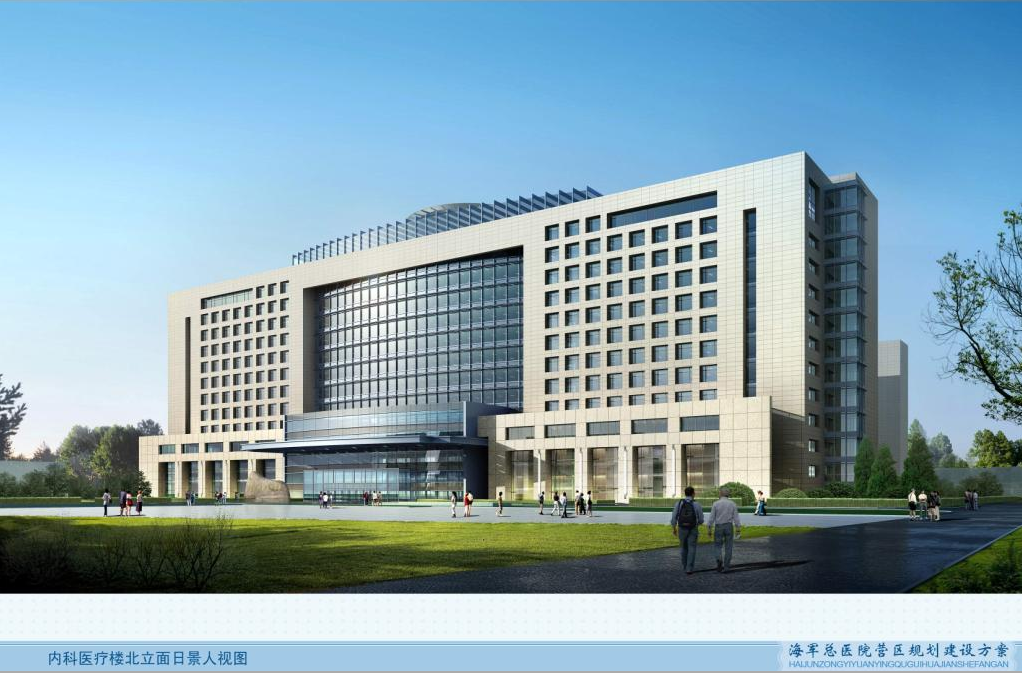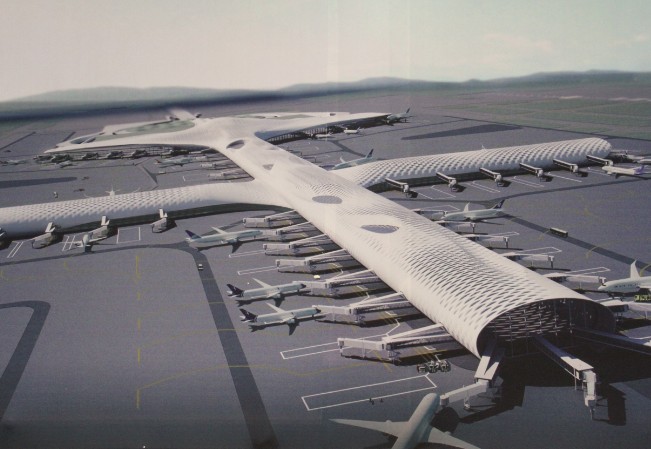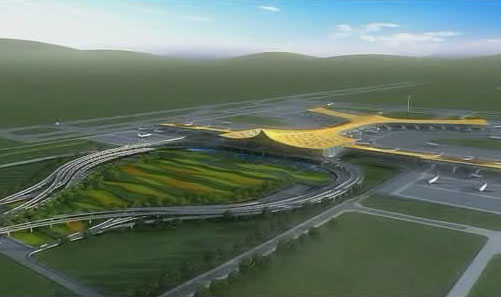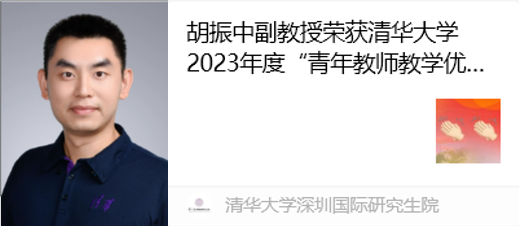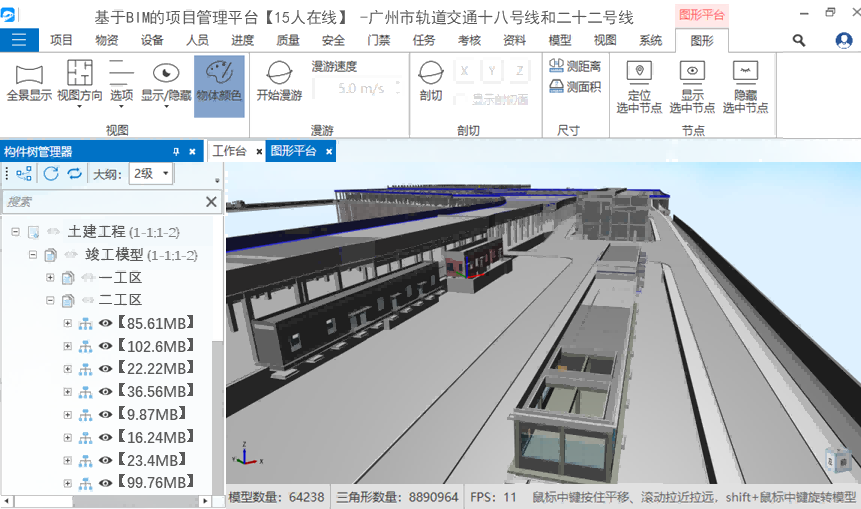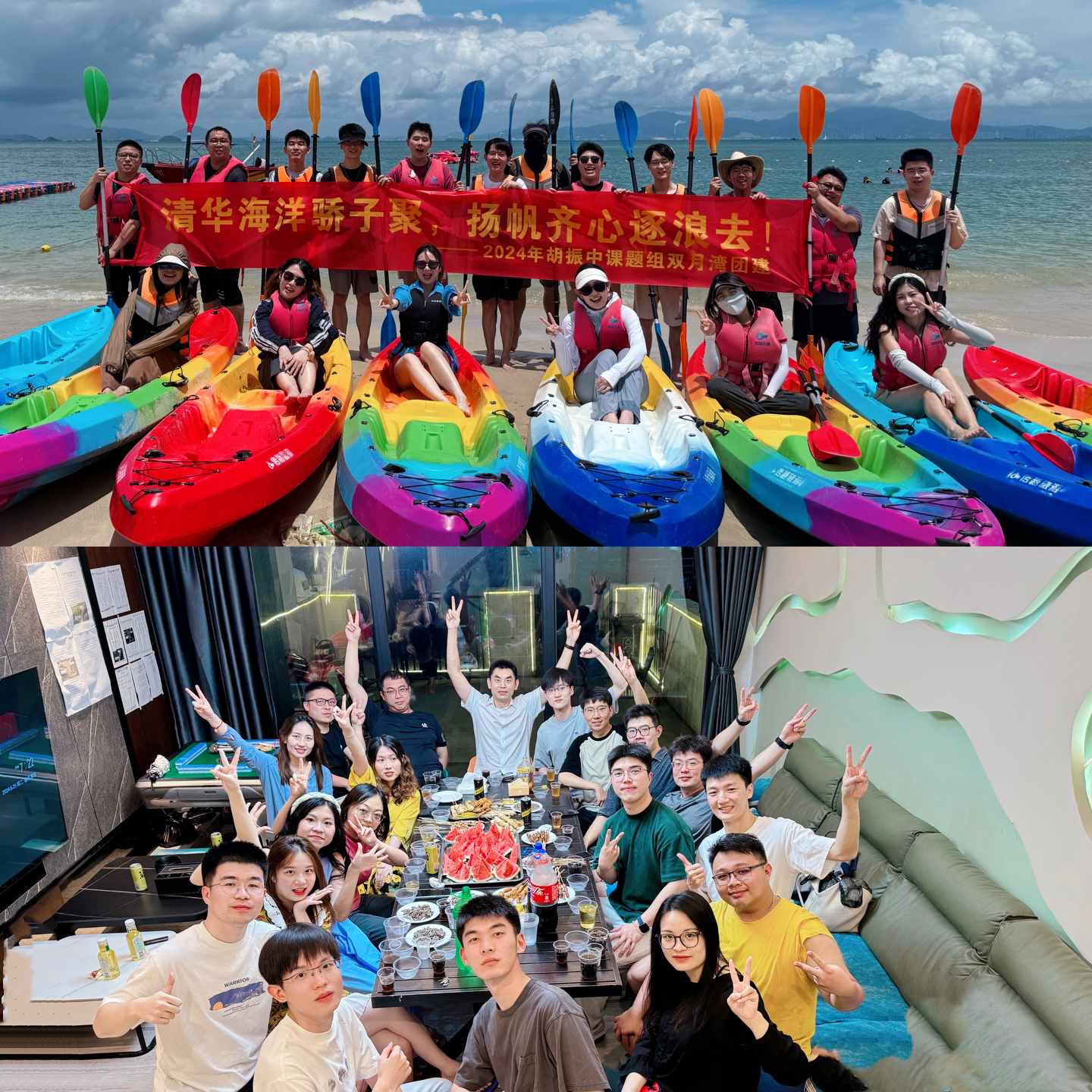Summer is hot and lotus flowers are in full bloom. It is a beautiful time for graduation and new journey. In this June, our research group went to Xunliao Bay and Shuangyue Bay in Huizhou and held an unforgettable graduation trip. This activity aims to send off graduates Zhang Jiahong, Zhang Xiaobing and Ning Houchun, and also to enhance the feelings among the members of the research group, so that everyone can relax in the busy research life.
On the first day, the sun was just right, the breeze was not dry, and the research group arrived at the picturesque Xunliao Bay. In the water sports, everyone put on a life jacket, leaving a string of laughter and sweat on the rippling sea. In the outdoor cross-country activities, everyone goes hand in hand, whether it is through the muddy road or the challenge of steep hills, the team members encourage each other and cooperate to escape the trap, and feel the wild charm of nature. Then board the yacht, swim in the vast sea for two hours, between the sea and the sky, enhance mutual understanding and trust. The night is low, the lights inside the villa of Double Moon Bay are warm, sparks jump on the grill, and the smell of food is full. During the meal, I had a pleasant conversation with the students, ranging from scientific research ideals to daily trifles, and sincerely wish every graduate a bright future and a boundless dream!
"Tsinghua Ocean pride together, sail to the waves!" This is not only our slogan, but also my deep expectation for all students. I firmly believe that no matter where they go in the future, they will uphold the spirit of Tsinghua people and ride the waves.
